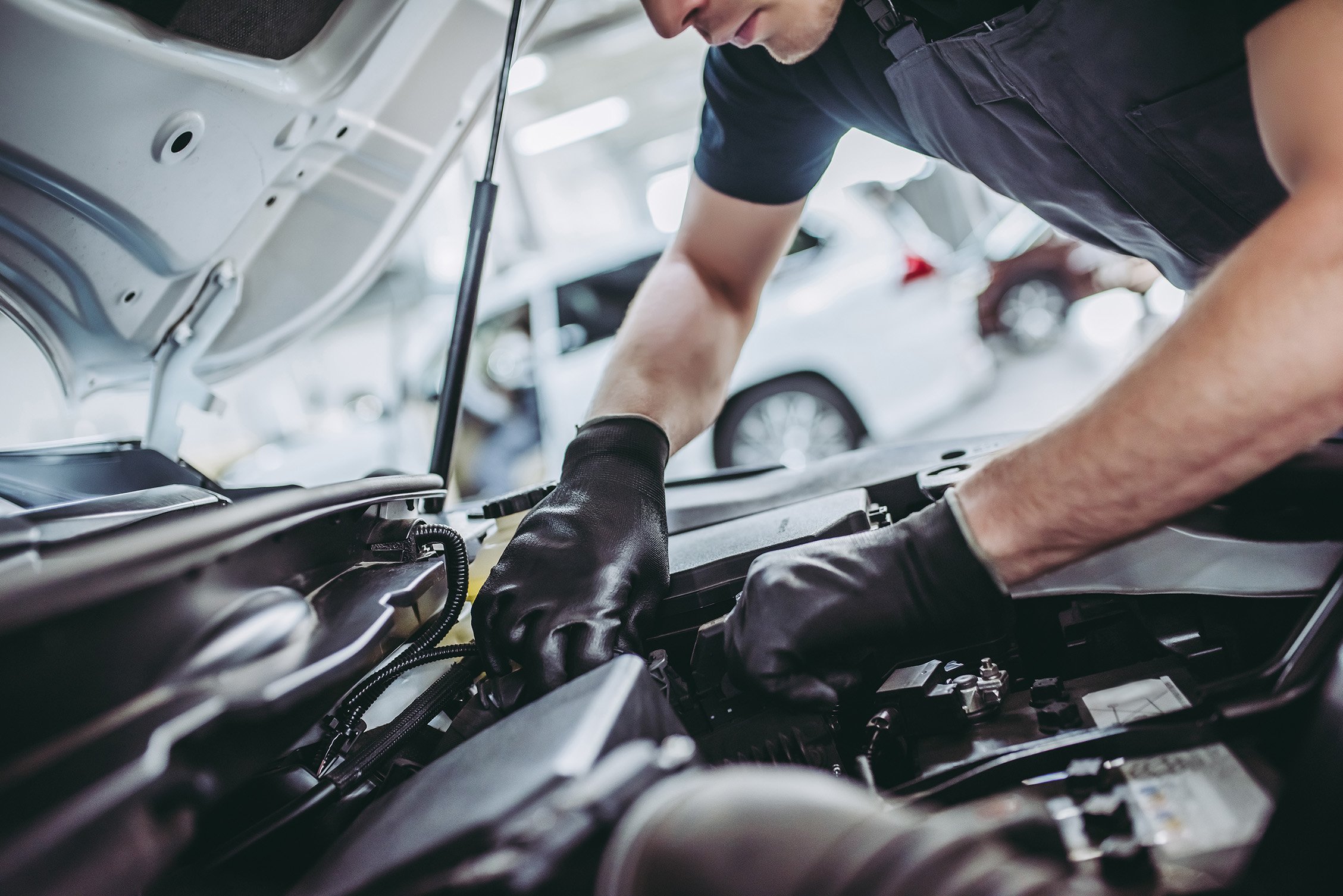All Categories
Featured

Couple of points are extra worrying for a motorist than the abrupt lighting of the check engine light (CEL) on the control panel. While it may cause instant concern, comprehending what this light represents can equip you to manage the circumstance properly. Allow's discover the possible reasons behind the CEL and the steps to resolve it.
What Does the Inspect Engine Light Mean? The CEL belongs to your automobile's onboard diagnostics (OBD) system. It keeps an eye on a variety of systems within the car, including exhausts, fuel efficiency, and total engine performance. When the system spots a fault or irregularity, it activates the CEL to signal the driver.
Solid Light: Shows a non-critical issue, such as a minor sensor malfunction. It still needs attention to stay clear of long-lasting damage. Blinking Light: Signals a serious concern, like an engine misfire, that requires instant attention to avoid considerable damage. Common Reasons for the Check Engine Light. Below are several of the most constant reasons for a CEL, varying from straightforward to complicated:
Loose Gas Cap:

A loose or broken gas cap can disrupt the gas system, triggering the light. This is among the easiest concerns to repair-- merely tighten up or replace the cap. Oxygen Sensor Failure:
The oxygen sensor measures the air-to-fuel proportion for optimum burning. A defective sensor can lead to reduced gas efficiency and greater emissions. Stimulate Plug or Ignition Coil Problems:
These components are essential for the combustion procedure. Damaged spark plugs or malfunctioning coils can cause misfires and rough engine performance. Catalytic Converter Problems:
This component minimizes hazardous exhausts from your automobile. Failure to address other engine troubles can bring about catalytic converter damage. Mass Air Movement (MAF) Sensing Unit Failure:
The MAF sensing unit makes sure the correct amount of air blends with gas. An unclean or falling short MAF sensor can decrease power and gas effectiveness. Steps to Take When the CEL Comes On. Do Not Panic:
Take a moment to observe your automobile's performance. Is it driving typically, or are there symptoms like minimized power or weird noises? Inspect the Gas Cap:
If required,Tighten up or reseat it. This straightforward repair settles numerous CEL circumstances. Use an OBD-II Scanner:
Plugging in a scanner gives particular trouble codes that recognize the issue. Several automobile parts shops offer this service free of cost. If Needed:, go to an Auto Mechanic.
If the CEL remains on or flashes, have a specialist examine your car. Delaying fixings could lead to much more pricey fixes. Preventative Actions to Prevent CEL Issues. Routine Maintenance:. Follow the manufacturer's schedule for oil adjustments, stimulate plug substitutes, and air filter cleansing. Check Secret Components:. Occasionally inspect your gas cap, belts, and tubes for wear or damage. Usage High Quality Gas and Oil:. Premium products can protect against residue accumulation that might impact sensing units and engine components. Why You Should Resolve the CEL Without Delay. While it's appealing to overlook a strong CEL, laziness can cause severe effects. What begins as a small problem-- like a loose gas cap-- might advance right into expensive repairs. Attending to the light early guarantees your automobile remains secure and reliable.
Final thought. The check engine light is not a cause for prompt panic, but it needs to never be ignored. Comprehending its purpose and potential triggers furnishes you to make enlightened decisions, whether it's a fast gas cap change or a journey to your mechanic. With appropriate maintenance and prompt activity, you can maintain your vehicle running efficiently and stay clear of unneeded repairs.
Latest Posts
Top 5 Must-Try Signature Cocktails at The Claridge Hotel's VUE Rooftop Bar
Published Dec 18, 24
1 min read
Can I Mount a Fence on Irregular or Sloped Terrain?
Published Dec 18, 24
0 min read
How Dodge is Shaping the Future of Electric Vehicles
Published Dec 18, 24
2 min read